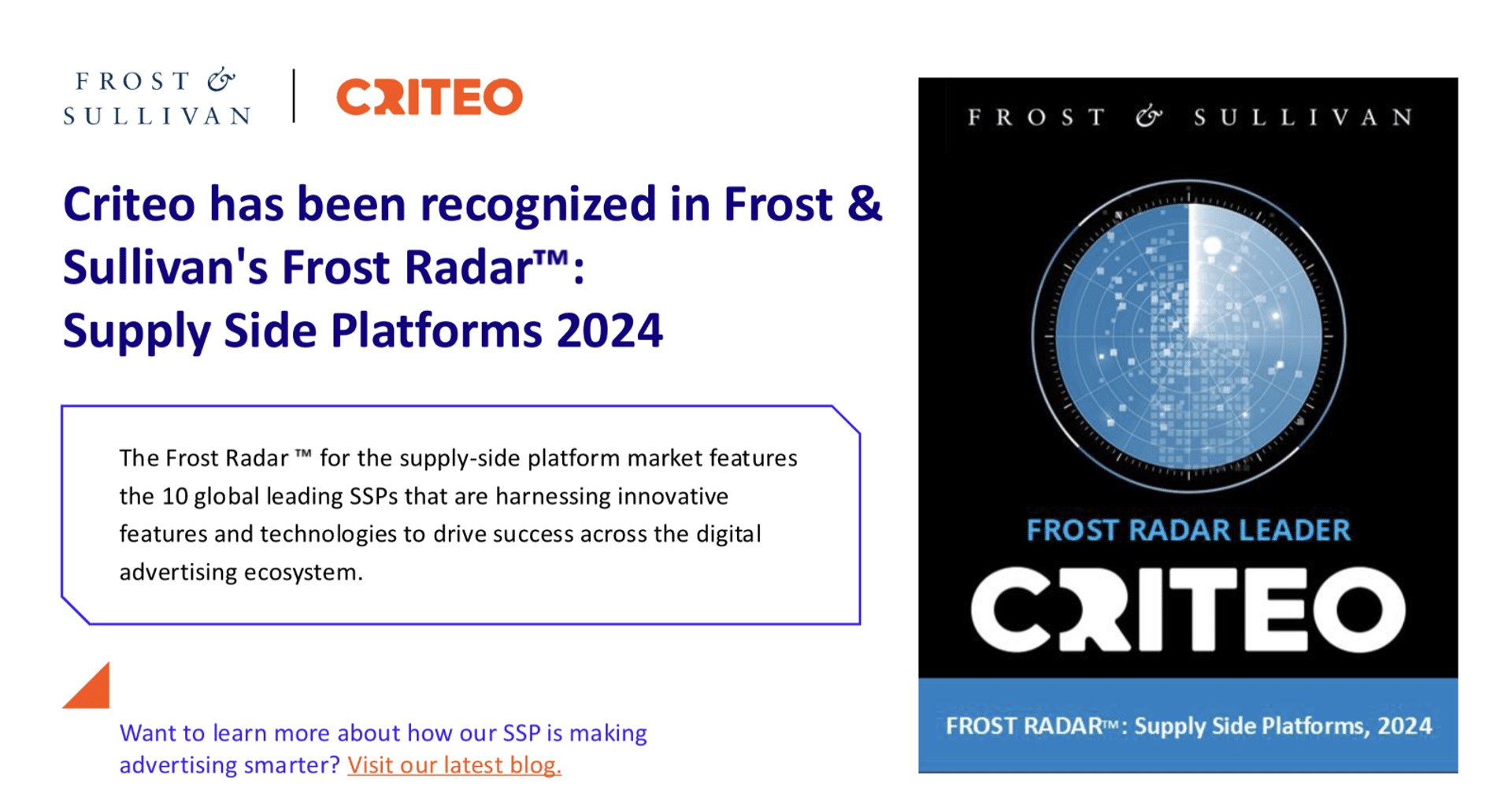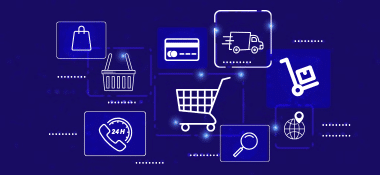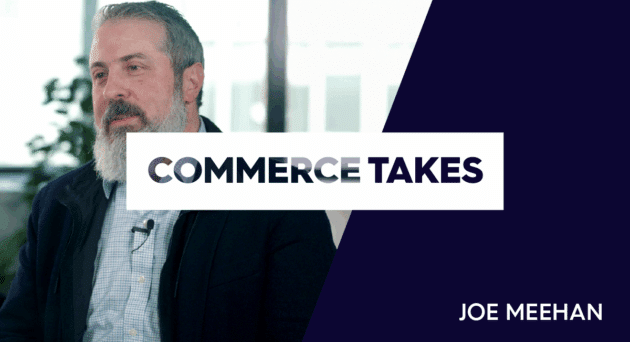Programmatic is changing. Again.
This time, it’s a tectonic shift that many saw coming, but few were prepared to act on.
Regulators have finally put vertically integrated ad tech stacks under the microscope, and the supply chain is rapidly adapting. For agencies and advertisers alike, that means hope for something better.
A landmark ruling by a U.S. federal judge has made one thing clear: The future of digital advertising must be built on bidding neutrality. The court found that Google’s control over both the sell side (AdX, GAM) and buy side (DV360, Google Ads) gave Google home‑field advantage. It ran the auction, placed its own bids, and kept everyone else in the dark.
This ruling effectively breaks down the walled gardens and reopens the field for the rest of us. But agencies aren’t rushing to plug in more SSPs just for the sake of it. Instead, they’re looking to partner with SSPs who bring more to the auction than access alone, and who help create supply paths that are fairer, smarter, and more aligned with performance goals.
What’s happening?
For the first time in over a decade, we’re seeing a serious push toward neutral auctions, interoperable infrastructure, and transparent supply paths. And that’s creating a new mandate for agencies and advertisers to rethink how they prioritize SSPs and evaluate their media supply partners.
Now, imagine every SSP bidding into the header auction at the exact same level. Even if this doesn’t flip market share overnight, the ripple effect could be huge – more competitive auctions, more diverse SSP wins, and, crucially, more value flowing back to publishers and advertisers.
So, will this rebalance programmatic’s economy? Absolutely – and here’s why.
Agencies are rethinking: From bundled control to transparent choice
The recent ruling may reopen the field, but agencies aren’t simply adding more SSPs. They’re adding better ones.
The old reliance on bundled ad tech stacks brought simplicity at the expense of transparency, leverage, and control. Today, with performance, accountability, and supply path optimization (SPO) at the top of every agenda, the long-held belief that “you can’t go wrong with Google” is starting to crack.
Agencies are rewriting the playbook.
Rather than treating consolidation as a virtue, they’re prioritizing strategic diversification to deliver more working media dollars and reduce single‑partner dependency.
But we’re not going back to “plug everyone in and see what happens”. Agencies are becoming choosier – favoring SSPs that offer genuine differentiation, from commerce insights and advanced curation to transparent economics and stronger auction dynamics.
As part of that shift, they’re asking whether existing supply paths still represent the highest quality, or whether new partners align better with their clients’ performance goals.
Against this backdrop, agencies face a choice: Spread spend across more pipes or enhance supply through intelligence and intent. Increasingly, they’re choosing the latter, leveraging their own insights and first-party data to curate high-performing supply paths that reflect their unique value and deepen client trust.
5 questions to ask your SSPs right now
As auction dynamics shift and competition hots up, now’s the time to audit your SSP relationships.
Ask these five questions to ensure you’re partnering for value – not just scale.
- What differentiation do you offer beyond basic access?
Is your SSP just a conduit to inventory, or does it offer something more – like unique commerce signals, curation tools, or operational efficiencies? Ask how they’re moving past legacy plumbing to create real value in a competitive, performance‑driven market. - How transparent are your auctions and publisher practices?
In an era of MFA concerns and opaque fee structures, transparency is non-negotiable. Understand how your SSP manages auctions, keeps them fair, and protects brand safety while providing efficient access to premium inventory. - Can you drive commerce outcomes, not just deliver impressions?
Performance media demands more than scale alone. Does your SSP help connect the dots between onsite and offsite signals – SKU-level intent, add-to-cart events, purchase verification – so you can tie spend to sales? - How do you support first-party data activation and clean room integrations?
Future-ready SSPs must enable secure, seamless collaboration across audience data ecosystems. Can your partner handle clean room workflows, curated deal creation, and first-party activation without adding friction? Are they lettingbuyers apply their own intelligence to the bid stream? - How are you evolving with the market?
Innovation should be proactive, not reactive. Whether through new formats, advanced packaging strategies, or deeper alignment between retail media and the open web, your SSP should be building for where the industry is heading – not where it’s been.
Supply-side innovation
The latest evolution of programmatic calls for supply partners that go beyond scale and focus on relevance, transparency, and measurable outcomes. Criteo Commerce Grid was built for that – offering tools and data that help agencies and brands connect with high-intent shoppers through smarter supply strategies.
This is one of the many reasons why Criteo has recently been ranked as a high performer on Frost & Sullivan’s Innovation Index, within The Frost Radar ™, which reports on key features of the top 10 global leading SSPs.

As agencies re-evaluate legacy partnerships and prioritize performance-driven supply paths, don’t just rebalance – upgrade.
To learn more about how to activate, please reach out to your Criteo account manager, or talk to one of our experts.


















